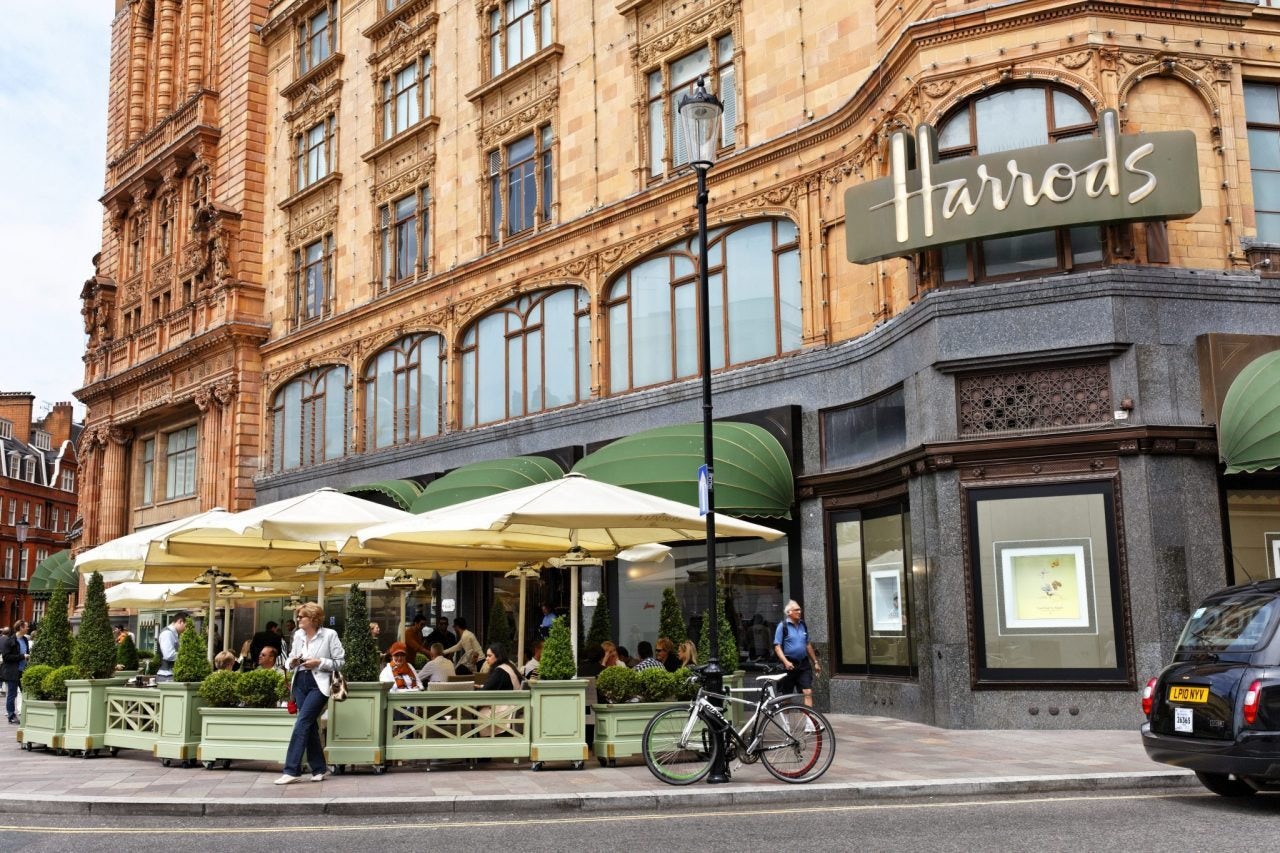Dealmoon is a social shopping community for Chinese expats around the world. It strives to be something few e-commerce sites are — a curated, personalized platform that luxury brands want to work with. The site has grown exponentially since its San Francisco launch in 2009, where it began by targeting Chinese consumers in America. Six months ago, Dealmoon launched their UK site, and it has already become the largest e-commerce site targeting Chinese British consumers. It also runs the 24th biggest global WeChat account.
But it hasn't all been plain sailing.
In 2013, Dealmoon attempted to entice luxury brands to join its ranks, but some of the fashion houses didn't want to be associated with the word “deal” in its name. And so Fashionmoon was born, the company’s luxury branch, that now exclusively promotes deals and curated content from high-end brands. (Notably, except for Burberry, all of the brands on Fashionmoon — bar Burberry — are also on Dealmoon).
The need to establish a new platform to maintain an exclusive appeal is something we've also seen from JD.com, which launched Toplife, and Alibaba, which launched Luxury Pavilion.
Dealmoon currently hosts over 3,000 brands and department stores, including Armani, Jo Malone, Harrods and Harvey Nichols. Last month, Alexander McQueen even invited editors from Dealmoon to its fashion house in Paris, flying them from all over the world for pre-season sneak peeks and to discuss future deals.
Dealmoon’s Director of Client Partnerships, James Coggles, currently oversees development of the company’s .uk and .au sites and apps. Jing Daily asked him about the best strategies for bringing luxury brands into the world of e-commerce.
Luxury brands are very often cautious about selling online to the Chinese market. How do you get high-end brands like Alexander McQueen and La Mer to sign up?#
It’s all about building a rapport with the brands. If you can be an advocate for their brand, that’s when they’ll trust you. We want to get across to these brands that the young Chinese market is a hungry audience with huge buying power.
That being said, the luxury brands rarely agree to traditional discount deals — 10 percent off, 20 percent off. They’re more likely to agree to things like Dealmoon exclusives, where our readers get early access to the release of a new product for example. They’re often open to offering things like gifts with certain purchases. Another way we offer discount from big brands is through retailers like House of Fraser and Harrods working with us — that way the retailers are able to offer discounts that the brands perhaps wouldn’t.
Our US site offers users the chance to gain virtual coins for commenting, liking, posting and interacting with content. They can then use those coins towards future purchases, and in that way even with brands that don't offer discounts through our site, the buyer feels like they’re being rewarded by shopping with us.
Dealmoon consists of an app, WeChat account, Weibo account, articles and buying guides, user-generated content, brand exclusive pages, and collaborations with KOLs and influencers. How does this all-encompassing approach help attract luxury brands?#
The big thing Dealmoon offers is control. We offer very carefully curated, specifically structured proposals and plans. Luxury brands love to see the combination of editorial, social media and live content we can offer.
Lots of our editors and writers are also KOLs with their own established followings, and this brings in big brands. One of the ways we really get the brands is down to attention to them and how we can represent them. We introduce them to these fashionable editors who want to know the history of the brand and understand the brand.
What’s been your biggest challenge?#
Our biggest issue is always getting luxury brands to look past the word ‘deal.’ That’s the entire reason we created Fashionmoon.com for Burberry.
But deal has different connotations in Chinese and to the Chinese market. With the luxury Chinese consumer, everyone is looking for a deal, regardless of how much they’re spending. Even if it’s only a tiny discount, they’re enticed not so much by the cost but by the very knowledge that they got the best deal they could.
What should companies remember when working with luxury brands in the Chinese market?#
Brands want to be listed alongside super relevant people, rather than just anyone willing to sell. They’re cautious of the Chinese market and still want their brand to be shown to be exclusive and personalized.
Similarly, Chinese audiences want a bespoke offer. We try to get brands away from the generic 10 or 20 percent off and offer something a bit more bespoke. Free samples, for example, just don’t work with the Chinese market. You have to be innovative.
The most important thing is it’s all about building trust. There’s only so long luxury brands can ignore hard facts, and the data that shows how many sales we’re able to drive to their sites. If you have a strong reputation and market statistics on your side, you’re set.



